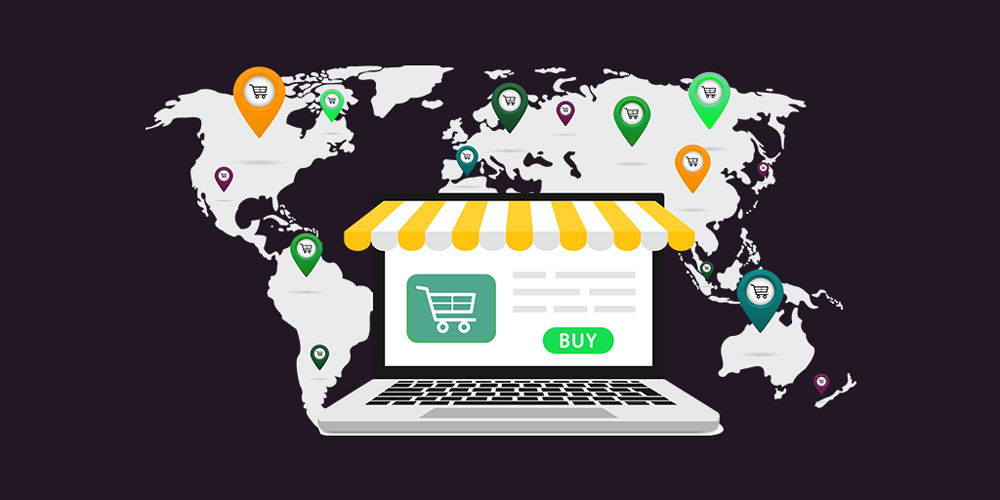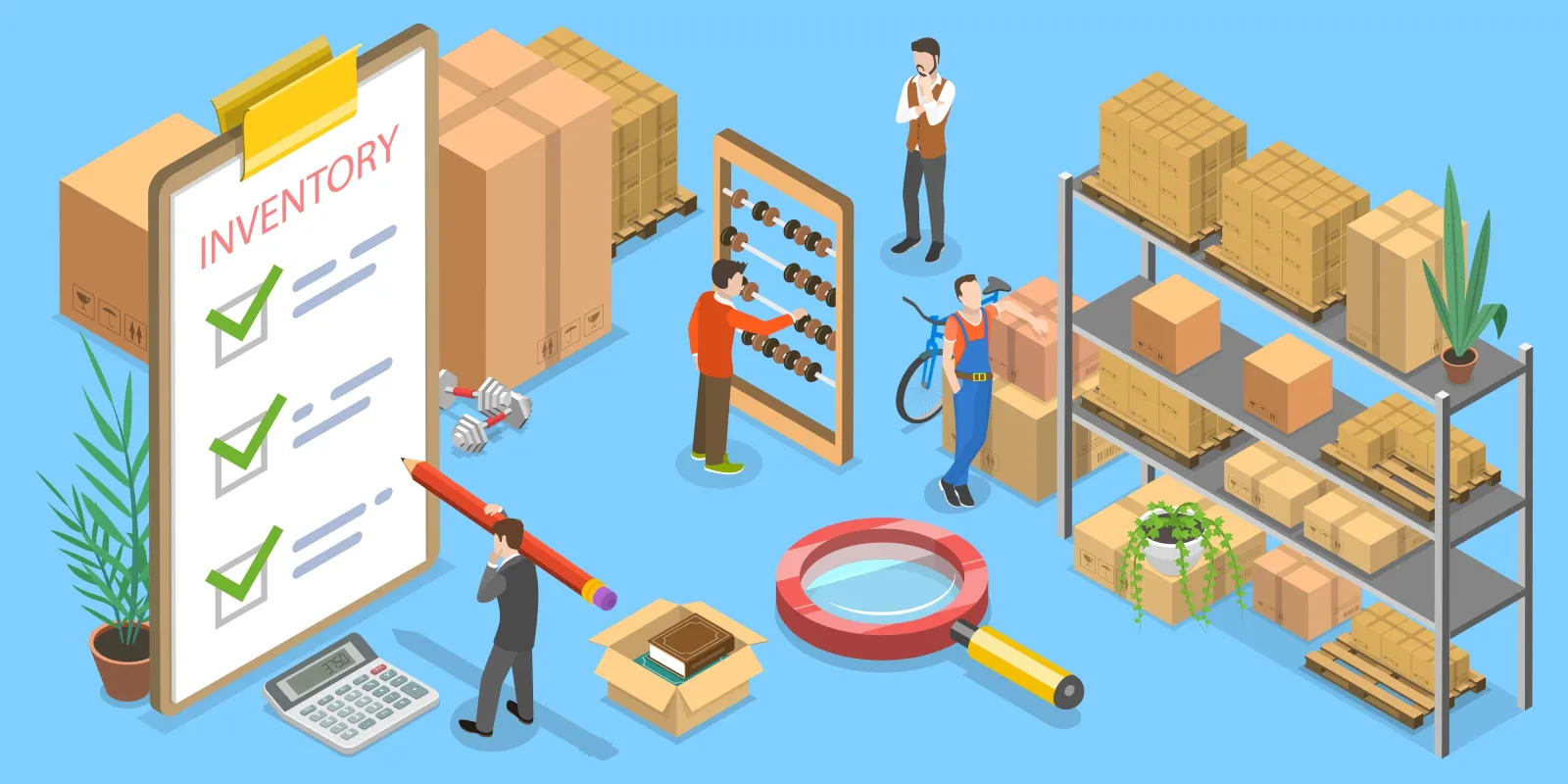Commerce électronique transfrontalier : comment réussir ?
Les achats en ligne ont explosé au cours de la dernière décennie, et le commerce électronique transfrontalier en est le fer de lance. Selon Statista, les commandes internationales en ligne représentaient 22% de toutes les expéditions de produits physiques en 2022. Il s'agit d'un bond en avant par rapport à 2016.
Qu'est-ce que le commerce électronique transfrontalier et pourquoi tout le monde s'y intéresse-t-il soudainement ?
Qu'est-ce que le commerce électronique transfrontalier ?
Le commerce électronique transfrontalier consiste à vendre des produits en ligne à des clients d'autres pays. Il couvre les modèles d'entreprise à entreprise (B2B), d'entreprise à consommateur (B2C) et même de consommateur à consommateur (C2C). Vous n'avez pas besoin d'un magasin physique : il fonctionne aussi bien pour les marques numériques que pour les entreprises de type "brique et mortier" qui se développent sur les marchés mondiaux.
Pourquoi de plus en plus d'entreprises s'internationalisent en ligne
Avec davantage d'outils, de plateformes et de processus d'enregistrement fiscal simplifiés, il n'a jamais été aussi facile de vendre à l'international. Des pays comme la Grèce connaissent une croissance rapide, ce qui les rend attrayants pour de nouveaux marchés. De grands noms comme Amazon, Alibaba et eBay expédient déjà des marchandises dans le monde entier à grande échelle. Selon Cision, le marché du commerce électronique transfrontalier pourrait atteindre $1,5 trillion d'ici 2027.
Voici pourquoi de plus en plus d'entreprises sautent le pas. Voici pourquoi de plus en plus d'entreprises se lancent dans l'aventure.
Vousre n'est plus limité par la géographie
La vente à l'international permet à votre entreprise de se développer. Prenons l'exemple d'Apple : son site web mondial permet aux clients de différentes régions de consulter des produits adaptés à leur marché local. Une plus grande portée signifie plus de revenus.
Il aide à équilibrer la demande saisonnière
Si la demande ralentit dans votre pays d'origine, vous pouvez toujours vendre à des clients à l'étranger qui sont en pleine saison d'achat. La marque suisse Vetements, par exemple, peut vendre des manteaux d'hiver aux acheteurs des régions froides, même si c'est l'été en Suisse.
Votre marque est exposée dans le monde entier
Vendre à un public mondial signifie qu'un plus grand nombre de personnes voient votre marque. Gucci, par exemple, a réalisé 36% de son chiffre d'affaires en 2022 sur le marché Asie-Pacifique, contre 29% en Amérique du Nord. L'internationalisation ne permet pas seulement d'augmenter les ventes, mais aussi d'asseoir la réputation.
Il aide à vendre des produits peu demandés
Vous avez des produits qui ne marchent pas bien localement? Ils pourraient être demandés ailleurs. LONGi, une entreprise chinoise de panneaux solaires, a augmenté sa part de marché à 19% en 2020 en vendant à l'échelle mondiale.
Vous touchez plus de clients
Plus vous êtes présent sur de nombreux marchés, plus vous pouvez vendre à un grand nombre de personnes. Demandez à FUBU : ce qui a commencé dans le sous-sol de Daymond John est aujourd'hui une marque mondiale.
Vous construisez de meilleures relations avec vos clients
Le programme "Nike By You" de Nike est un excellent exemple de l'utilisation de la portée mondiale pour renforcer les liens avec les clients. Le commerce électronique transfrontalier aide les marques à personnaliser leurs expériences et à rester pertinentes dans le monde entier.
Qu'est-ce qui rend le commerce électronique transfrontalier difficile ?
Tout n'est pas rose. La vente transfrontalière comporte son lot d'obstacles. Mais les connaître permet de mieux planifier.
Les monnaies peuvent être difficiles à appréhender
Les acheteurs abandonnent souvent leur panier s'ils ne peuvent pas voir les prix dans leur propre devise. L'installation d'outils de conversion automatique est une solution facile.
Tous les modes de paiement ne fonctionnent pas partout
Les préférences en matière de paiement varient d'un pays à l'autre. Dans certaines régions, les paiements numériques sont encore fragmentés. Vous devrez rechercher et intégrer les meilleures options sur vos marchés cibles.
L'expédition peut être compliquée
Les retards douaniers, les problèmes techniques et les erreurs humaines peuvent ralentir les choses. Prévoyez les taxes et les délais de livraison, et utilisez les bons outils pour rationaliser l'exécution des commandes.
Vous avez besoin de la bonne équipe de localisation
Les erreurs de traduction peuvent ruiner l'image d'une marque. Engagez des experts qui comprennent à la fois la langue et la culture locale afin que votre message ne se perde pas.
Les politiques de retour sont importantes
Les gens veulent avoir la possibilité de retourner leurs articles, surtout lorsqu'ils commandent à l'étranger. Une politique de retour claire montre que vous avez confiance en votre produit et crée un climat de confiance
L'information sur le produit doit être précise
La gestion d'un grand nombre de données produit sur plusieurs plateformes n'est pas une mince affaire. Un système de gestion des informations sur les produits (PIM) permet d'assurer l'organisation et la précision de l'ensemble.
Les étapes à suivre pour gagner dans le commerce électronique transfrontalier
Vous envisagez de vous lancer dans la mondialisation? Voici par où commencer.
Choisir les bons marchés
Commencez modestement. Recherchez des pays où il existe une demande pour vos produits et où il est plus facile de faire des affaires.
Choisir les bons marchés
Les gens veulent avoir la possibilité de retourner leurs articles, surtout lorsqu'ils commandent à l'étranger. Une politique de retour claire montre que vous avez confiance en votre produit et crée un climat de confiance
Savoir ce que l'on peut faire‘t Vendre
Chaque pays a des règles différentes sur ce qui peut ou ne peut pas être importé. Les produits tels que la nourriture, l'alcool ou les médicaments sont souvent soumis à des restrictions. Vérifiez toujours d'abord.
Maîtriser les taxes et les prix
Comprenez les règles fiscales des pays que vous visez et leur incidence sur vos marges. Étudiez vos concurrents et fixez vos prix en conséquence.
Faire appel à un partenaire logistique tiers
L'expédition à l'étranger est une opération complexe. Une société 3PL (third-party logistics) peut aider à gérer le stockage, l'expédition et la livraison de manière plus efficace.
Offrir une assistance locale aux clients
La langue peut être un obstacle. Dans la mesure du possible, engagez des représentants du service clientèle qui parlent la langue locale et comprennent le marché.
Testez votre site web avec de vrais utilisateurs
Ne vous fiez pas uniquement aux commentaires : effectuez des tests auprès des utilisateurs dans le pays que vous visez. Vous obtiendrez ainsi un retour d'information précieux sur ce qui doit être corrigé avant le lancement.
Utiliser les outils PIM pour gérer le contenu des produits
Une solution PIM comme Gepard vous aide à distribuer des informations produits cohérentes et de qualité sur tous vos canaux de vente. C'est un gain de temps et de réputation.
Pourquoi une solution PIM fait-elle la différence ?
Vendre à l'échelle mondiale signifie qu'il faut composer avec des tableaux de tailles, des langues et des attentes différentes en matière de produits. Si vos données sont erronées, les clients le remarqueront.
Les plateformes PIM comme Gepard simplifient le processus. Elles veillent à ce que les informations relatives à vos produits soient exactes, conformes et localisées pour chaque région. Des fonctionnalités telles que le contrôle des versions, la publication automatisée et l'intégration avec les principales places de marché facilitent les ventes transfrontalières.
Qu'il s'agisse de synchroniser les tailles de produits pour les vêtements en Europe et en Asie ou d'adapter les descriptions aux différences culturelles, un bon PIM vous facilite la vie et satisfait vos clients.
Réflexions finales
Le commerce électronique transfrontalier est plus qu'une simple tendance : c'est l'avenir du commerce de détail mondial. Avec les bons outils, la bonne équipe et le bon plan, vous pouvez accéder à de nouveaux marchés, renforcer votre marque et développer votre activité au-delà des frontières. Assurez-vous simplement que vos informations sur les produits, votre logistique et votre assistance à la clientèle sont à la hauteur de vos ambitions.
Aperçu de l'industrie
nouvelles via la boîte de réception
Nulla turp dis cursus. Integer liberos euismod pretium faucibua







